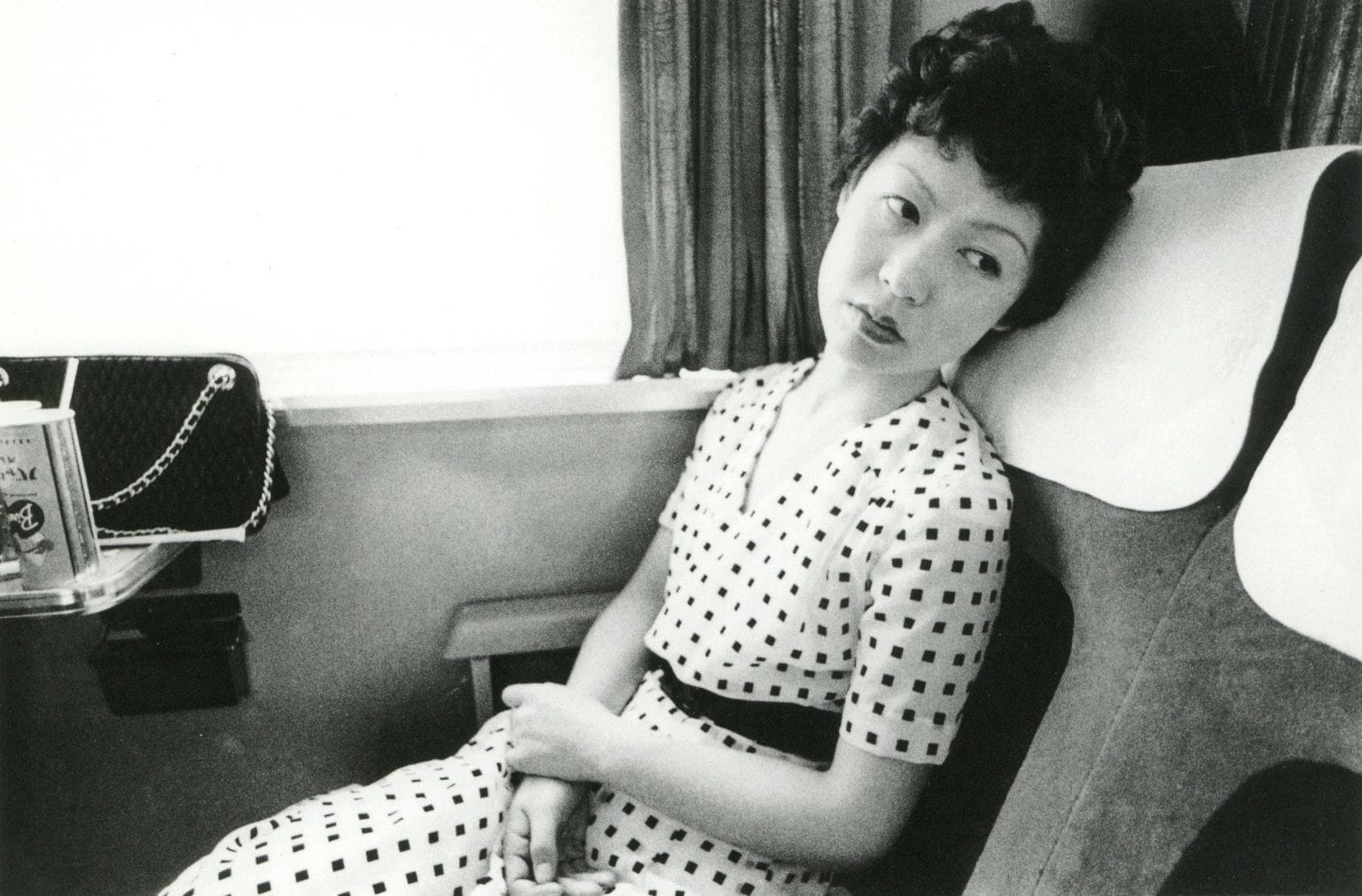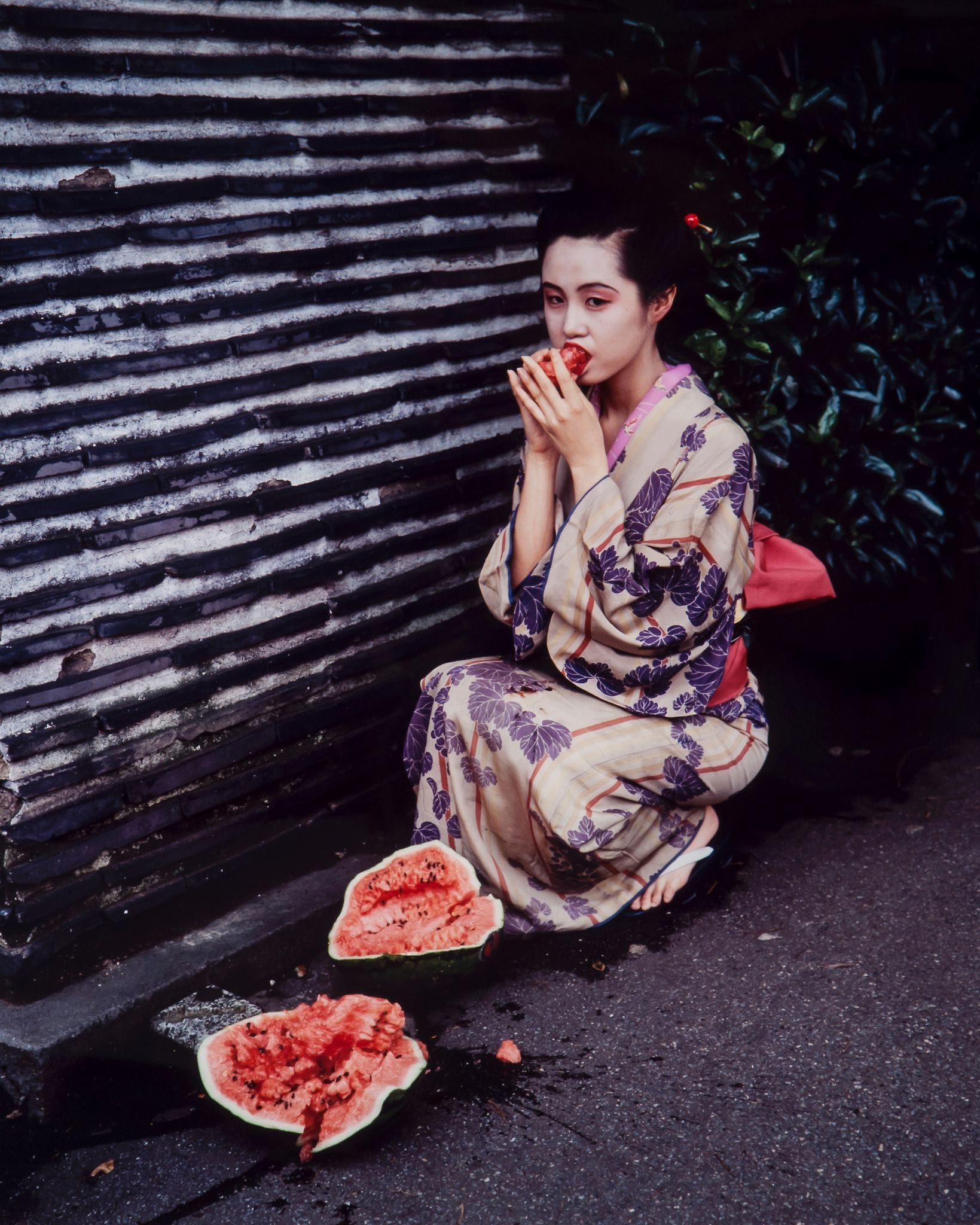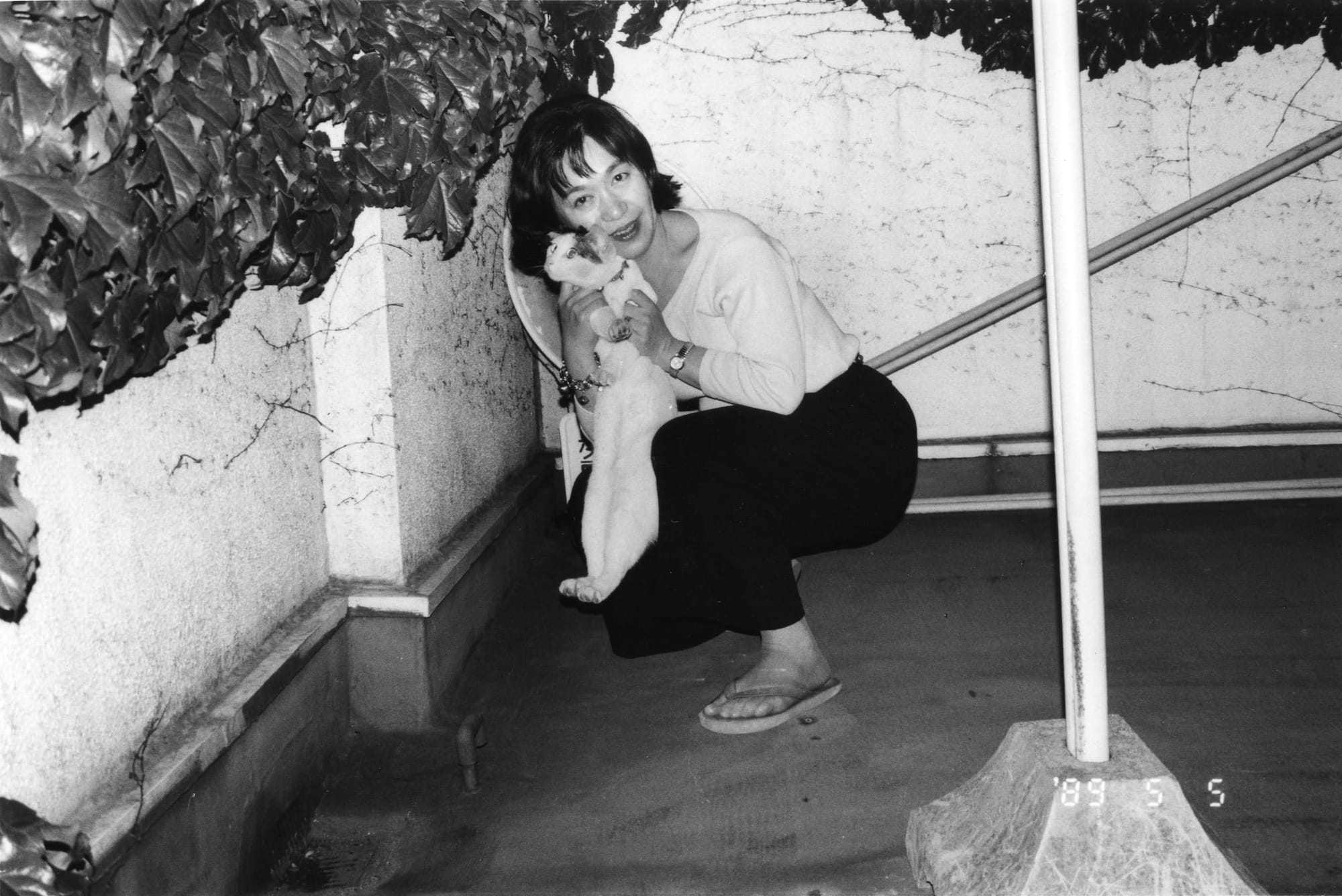Japanese photographer Nobuyoshi Araki gained international fame for photographing the Japanese red light district in the 1980s. When those in the West think of his oeuvre, what will come to mind are photographs of naked women, either having sex or bound in Shibari. This has led people to view Araki’s work as exploitative and anti-feminist. However, a 2018 exhibition at the Museum of Sex in New York City (NYC) titled The Incomplete Araki reveals a different reading that rings true for his Japanese and Eastern audiences.
This particular exhibition takes into account one of Araki’s earliest works: the photographs Araki took of his late wife, Yoko, from the 1970s to the 1990s. As the series’ title, Sentimental Journey suggests, these photographs are vulnerable and heartfelt. Unlike Western audiences, whose initial introduction to his work was scandalous, Araki first made a name for himself in his home country, Japan, through these very sentimental photographs. In them, his wife, Yoko, appears as a cherished and revered being. Hence, in Japan’s strictly patriarchal society, the body of work that centres a woman’s experience, has since been regarded as one of the most important Japanese photo books of the twentieth century. This is why photographs by Nobuyoshi Araki are relevant to the United Nations Sustainable Development Goal of Gender Equality.

As Western audiences acquaint themselves with Sentimental Journey, it becomes easier for them to understand that Araki’s photographs of sex workers and naked models alike have stemmed from his reverence for women. As previously mentioned, Japan has a long history of being a patriarchal society, guilty of ascribing generations of women to constricting gender roles. These norms require Japanese women to behave as polite and dainty human beings. This is why Araki’s photographs of daring sex workers, who do as they please with little to no care for gender roles, stand as liberating and empowering images for Japanese women.

Aside from that, unlike other photographers such as Man Ray, who frequently photographed nude women with their gazes averted, Araki’s women would almost always look directly at the camera. This gaze, which meets the viewer's eyes, asserts the power and presence of the model. Here, viewers understand that even in their vulnerable, undressed state, they still have full control and their agency intact. Their gazes also have helped to humanize Japanese sex workers, who are seen with an ambivalent lens in Japanese society. There is widespread acceptance that men frequent the red light district, yet still, women who work in the establishment are stigmatized and viewed as ‘damaged goods.’ Hence, Araki’s photographs that help to assert the power of these sex workers can be read as feminist, as he has helped to assert their agency in a society that prefers to take it away.

The women photographed by Nobuyoshi Araki appear as free as they can be in a patriarchal society. They bravely confront societal structures and assigned gender roles and have decided to chart their own paths instead.
Find out more about photographs by Nobuyoshi Araki and their other initiatives by checking their San Francisco Museum of Modern Art (SFMOMA) artist page on www.sfmoma.org/artist/Nobuyoshi_Araki
